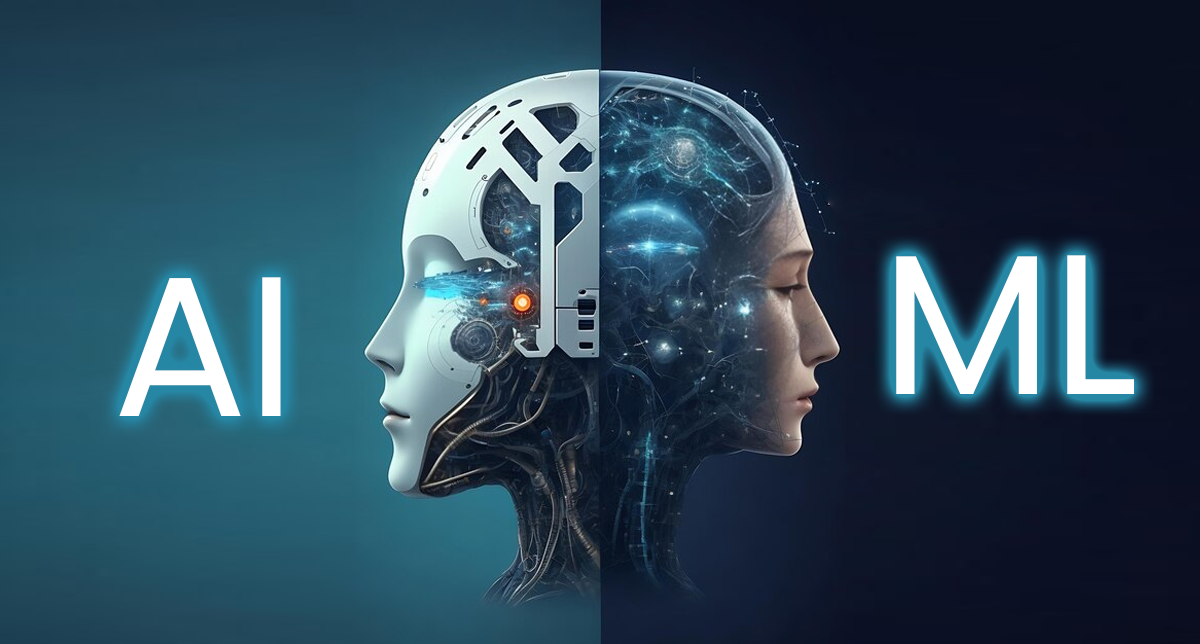
Advanced Topics: Transfer Learning, GANs, and Large Language Models (LLMs)
Advanced Topics: Transfer Learning, GANs, and Large Language Models (LLMs)
The world of AI is moving fast. Every day, new breakthroughs push the boundaries of what's possible. Today, we're diving into three cutting-edge areas: Transfer Learning, Generative Adversarial Networks (GANs), and Large Language Models (LLMs). These aren't just buzzwords; they're the engines driving incredible advancements in everything from image generation to natural language processing.
1. Transfer Learning: Learning from the Past, Succeeding in the Present
Imagine training a dog. You wouldn't start from scratch teaching it every single command. Instead, you'd build upon its existing understanding of basic obedience. Transfer learning is similar. It leverages a pre-trained model, already trained on a massive dataset, and adapts it to a new, related task. This saves time and resources, requiring far less data for the new task.
A classic example is using a model pre-trained on ImageNet (a massive dataset of images) for image classification. Instead of training a new model from scratch for identifying, say, different types of flowers, you can fine-tune the ImageNet model with a smaller dataset of flower images. This drastically reduces training time and often leads to better performance, especially when dealing with limited data.
Code Example (Conceptual):
# Load pre-trained model (e.g., ResNet50)model = load_pretrained_model("resnet50")# Replace the final layer with a new layer suitable for flower classificationmodel.add_new_layer(...) # Train the model on the flower image datasetmodel.train(flower_dataset)2. Generative Adversarial Networks (GANs): The Art of Creation
GANs are a fascinating area. They consist of two neural networks, a generator and a discriminator, locked in a constant game of one-upmanship. The generator tries to create realistic data (e.g., images, music), while the discriminator attempts to distinguish between real and generated data. This adversarial process pushes both networks to improve, resulting in remarkably realistic outputs.
Think of Stable Diffusion, a popular GAN-based model creating stunning AI art. You give it a text prompt, and it generates a corresponding image. Or consider GANs used in creating realistic faces for video games or generating synthetic data for training other models. This is where things get really exciting.
3. Large Language Models (LLMs): Understanding and Generating Text
LLMs like GPT-3, BERT, and LaMDA are revolutionizing natural language processing. Trained on massive text datasets, they can understand and generate human-quality text, translate languages, write different kinds of creative content, and answer your questions in an informative way.
Think about using BERT to improve search engine results or GPT-3 to power chatbots that can engage in meaningful conversations. Even tools like Grammarly leverage LLMs for grammar and style corrections. These models are increasingly being integrated into everyday applications, changing how we interact with technology.
Conclusion
Transfer learning, GANs, and LLMs represent the forefront of AI. While they are complex, understanding their basic principles is crucial for anyone wanting to keep up with the rapidly evolving AI landscape. These techniques are not just theoretical concepts; they are actively shaping our world, and their impact will only grow in the coming years.